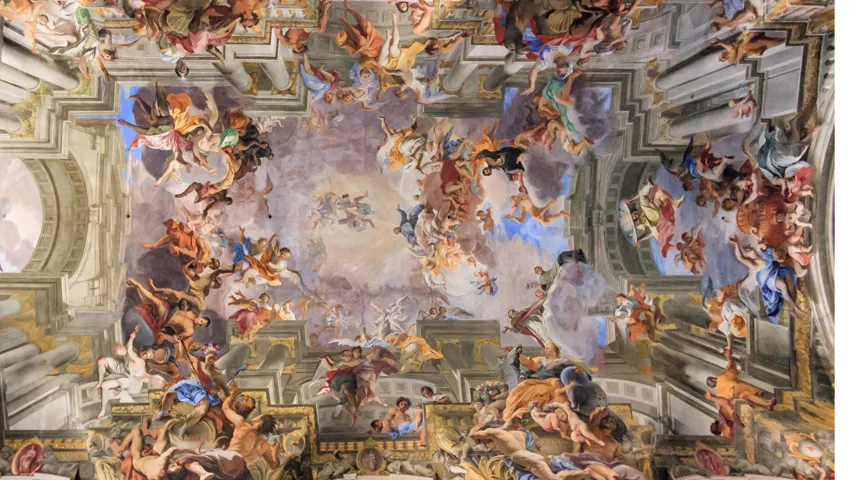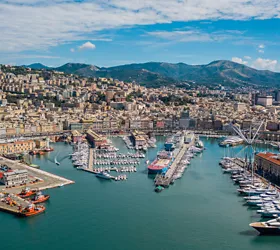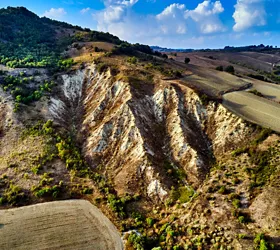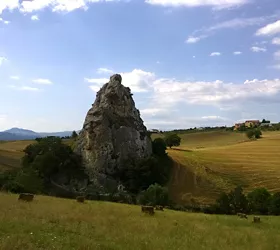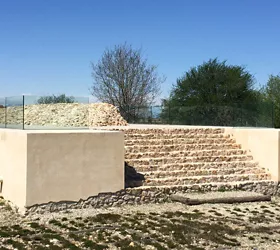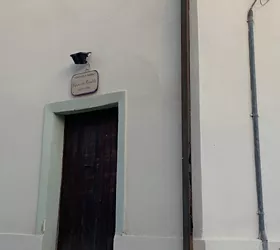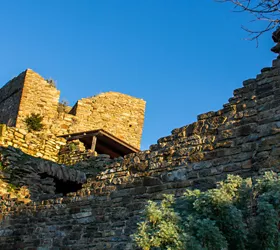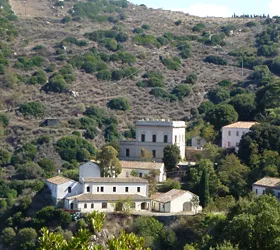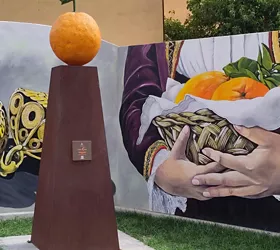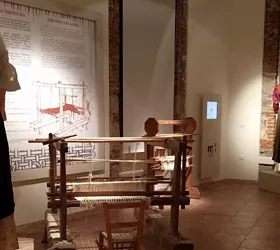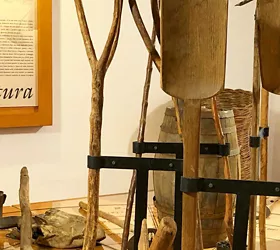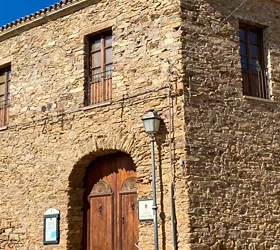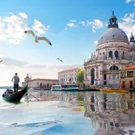Muravera
On the edge of the Flumendosa alluvial plain, in a fertile area sheltered from the winds and dotted with fishponds, Muravera was populated since antiquity, but over the centuries incursions from the sea and floods caused by the river made it inhospitable. Today, having closed some mines, it lives off agriculture, in particular the cultivation of citrus fruits, celebrated in early spring in a lively festival. In the 1970s, the building boom along the coast made the area touristy, with beautiful beaches and crystal clear sea.
In the village are the late-Gothic 16th century parish church of St Nicholas and a small centre with typical low courtyard houses. The Mif-Museo dell'Imprenditoria femminile (Museum of Female Entrepreneurship), a museum system in Muravera, has two venues dedicated to two symbolic women of the country. At 99 Via Marconi, in front of the Church of S. Nicola, the former Carabinieri barracks houses the Women's Museum Francesca Sanna Sulis - centred on the figure of this 18th-century entrepreneur active in the field of silk production, spinning and weaving - and is also the venue for temporary art exhibitions. Not far away, on Via Speranza, an 18th-century courtyard house is now home to the Candelai Museum, which is inspired by Aunt Savina's activity of making votive candles. Particularly eagerly awaited by locals and an attraction for tourists is the Maskaras Summer Carnival, in early August: an opportunity to admire traditional Sardinian costumes and masks from all over the island. At the end of August, on the other hand, the feast of St Augustine takes place, one of the most important in the area: the processions and dances are attended by groups in traditional costume, the traccas, or carts pulled by oxen yokes that have largely disappeared elsewhere, appear, and the masters of the launeddas, the ancient three-reed wind instrument, perform.


